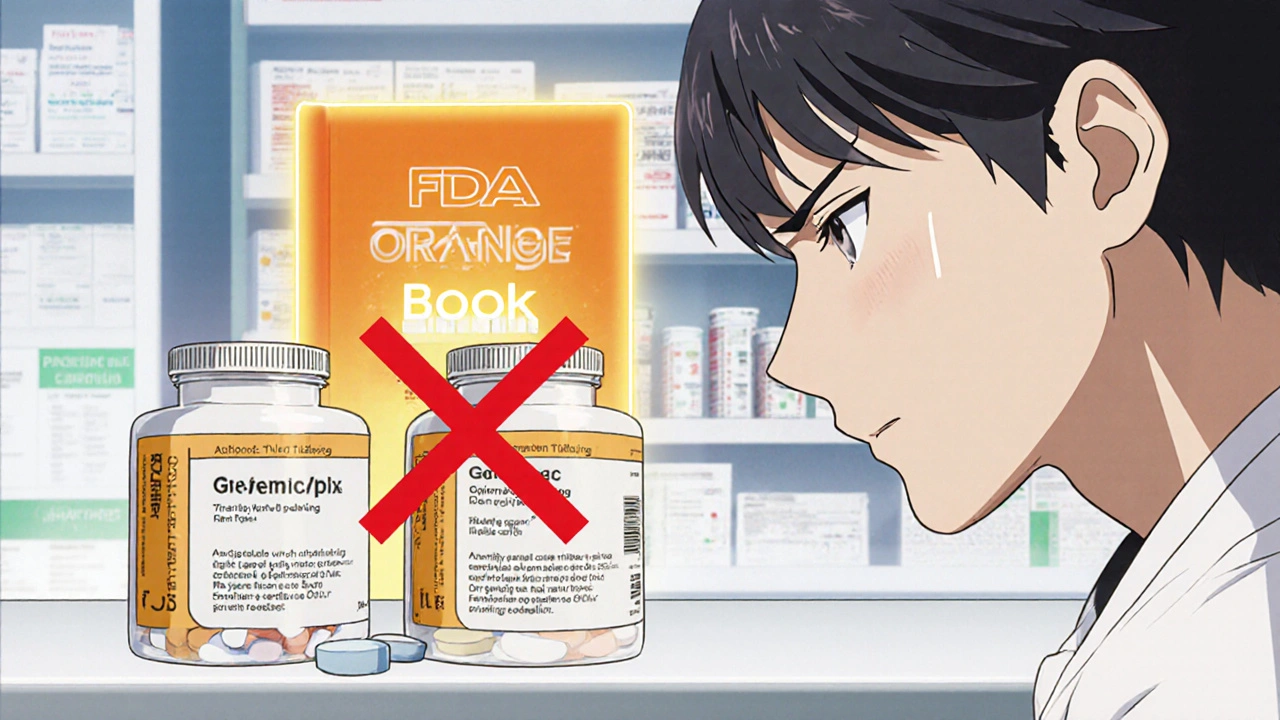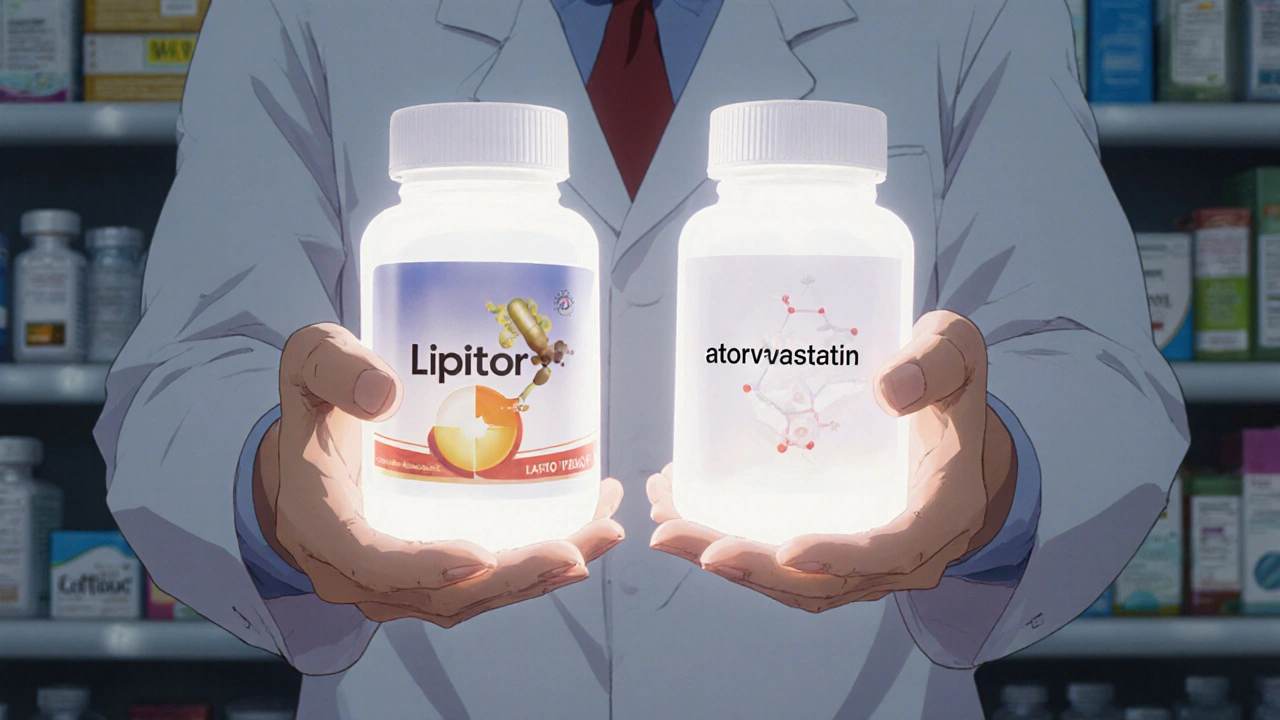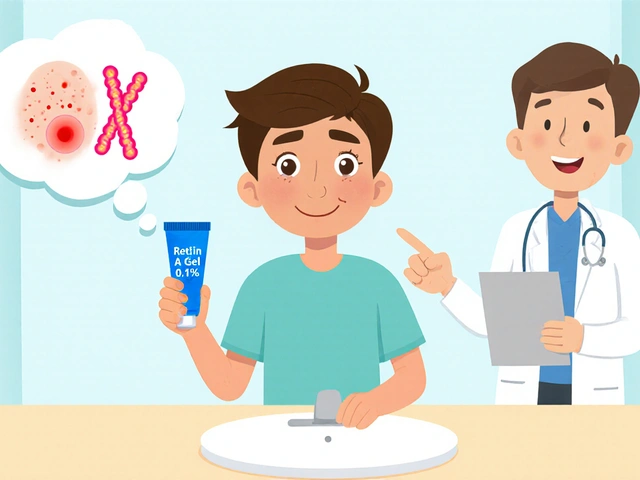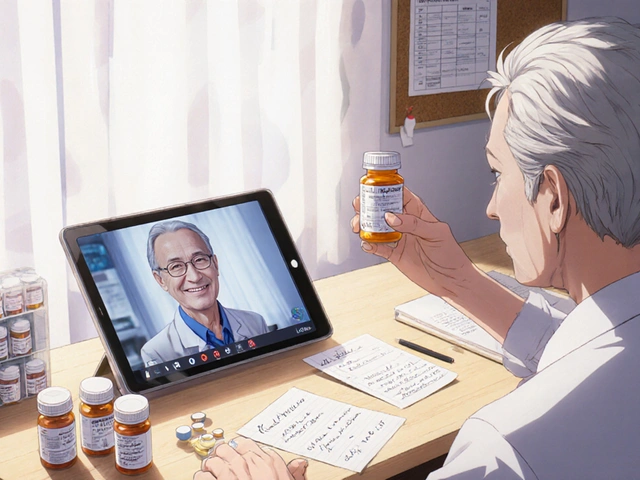When you pick up a prescription, you might see a box labeled generic and assume it’s exactly like the brand-name version you’ve been taking. But that’s not always true. There are two kinds of generic drugs - authorized generics and traditional generics - and they’re not the same. One is practically identical to the brand-name drug. The other is close, but not always identical. Knowing the difference can save you money, avoid side effects, and help you understand why your pharmacist sometimes swaps your meds.
What Is an Authorized Generic?
An authorized generic is the brand-name drug, but without the brand name on the label. It’s made by the same company that makes the original drug, in the same factory, with the exact same ingredients - active and inactive. The only difference? The packaging doesn’t say "Singulair" or "Lipitor." It just says "montelukast" or "atorvastatin." This isn’t a copy. It’s the real thing, just sold under a different label. The FDA calls it "the same drug product as the brand-name drug," except for the branding. That means if you’ve ever had trouble with a traditional generic - maybe your asthma didn’t improve, or you felt weird after switching - an authorized generic might be the reason why.Authorized generics enter the market under the original brand’s New Drug Application (NDA). That means they don’t go through the usual generic approval process. The brand company simply tells the FDA they’re selling the same drug without the brand name. No extra testing. No bioequivalence studies. Just the same pill, same capsule, same tablet - same everything.
What Is a Traditional Generic?
Traditional generics are made by different companies. They have the same active ingredient as the brand-name drug - say, ibuprofen or metformin - but the inactive ingredients can be different. That means the fillers, dyes, binders, and coatings might change. And while the FDA says these differences shouldn’t affect how the drug works, sometimes they do.Traditional generics must prove they’re "bioequivalent" to the brand. That means they release the same amount of medicine into your bloodstream at about the same speed. But for some drugs - especially those with a narrow therapeutic index like warfarin, levothyroxine, or epilepsy meds - even tiny differences in how the drug is absorbed can matter. A 2023 study in Health Affairs found that patients switching between traditional generics sometimes reported changes in how they felt, even when lab tests showed no major differences.
These generics go through the Abbreviated New Drug Application (ANDA) process. That’s cheaper and faster than the original brand approval, but it still requires proof that the drug works the same way. The FDA approves them based on the brand’s safety data, not new clinical trials. So while they’re safe and effective for most people, they’re not guaranteed to be identical.
Key Differences at a Glance
| Feature | Authorized Generic | Traditional Generic |
|---|---|---|
| Manufacturer | Same as brand-name drug | Different company |
| Active Ingredients | Identical to brand | Identical to brand |
| Inactive Ingredients | Identical to brand | May be different |
| Regulatory Pathway | Under brand’s NDA | ANDA approval |
| Approved by FDA? | No separate approval needed | Yes, must prove bioequivalence |
| Listed in FDA Orange Book? | No | Yes |
| Therapeutic Equivalence | Identical to brand | Generally equivalent, but not always |
| Typical Cost | Lower than brand, often higher than traditional generic | Lowest cost option |

Why Does This Matter to You?
If you’re taking a drug for a condition where precision matters - like thyroid disease, epilepsy, or blood thinners - the difference between authorized and traditional generics can be real. Some patients report better symptom control when switching from a traditional generic to an authorized one. Others notice no difference at all.Pharmacists are trained to substitute generics unless the doctor writes "dispense as written" (DAW). But they can’t always tell if what they’re giving you is an authorized generic or a traditional one. Authorized generics aren’t listed in the FDA’s Orange Book, so the usual reference tools don’t show them. That means you might get one today and a different one tomorrow - and not know it.
Insurance companies often prefer traditional generics because they’re cheapest. But if you’ve had issues with a traditional generic before, ask your doctor to specify "authorized generic only" on your prescription. It’s not always easy, but it’s possible.
When Are Authorized Generics Used?
Brand-name drug companies don’t launch authorized generics to help patients. They do it to protect their profits. When a patent is about to expire, the brand company can launch its own generic version before any other company can. This keeps them in control of the market.They might delay launching the authorized generic until after the first traditional generic hits the shelves. That way, they split the market: one version for people who want the cheapest option, another for people who want the exact same drug. It’s a smart business move - but it means patients get two types of "generics," and most don’t know the difference.
Authorized generics are most common in oral solid drugs - pills and capsules - like those for high blood pressure, cholesterol, or allergies. They’re less common in injectables, inhalers, or complex formulations. But when they are available, they’re often the most reliable option.
How to Spot an Authorized Generic
You won’t find them in the Orange Book. You won’t see them labeled as "authorized" on the bottle. The only way to know for sure is to ask your pharmacist or check the manufacturer.Some authorized generics are sold under the brand company’s name - like Teva’s version of Singulair, which is made by Merck. Others are sold under a different label entirely. If you’re unsure, call your pharmacy and ask: "Is this an authorized generic?" They can look it up in their system.
Some pharmacies keep a list of authorized generics they carry. If you’re on a medication where consistency matters, ask them to stock the authorized version and stick with it.

What About Cost?
Traditional generics are usually the cheapest. Authorized generics cost a bit more - but still way less than the brand. If your insurance covers the brand, they might switch you to an authorized generic and save you money without changing how the drug works.Some patients pay more out-of-pocket for authorized generics because their insurance doesn’t cover them. But if you’ve had side effects or poor results with a traditional generic, the extra cost might be worth it. Ask your doctor to help you appeal to your insurer if needed.
Common Myths and Misunderstandings
- Myth: All generics are the same. Truth: Authorized and traditional generics are fundamentally different. One is the brand. The other is a copy.
- Myth: Authorized generics are "better." Truth: They’re identical to the brand. That doesn’t mean they’re "better" - just more predictable.
- Myth: You can’t get an authorized generic. Truth: They’re available for dozens of popular drugs, including metformin, lisinopril, and sertraline.
- Myth: Authorized generics are "branded generics." Truth: Branded generics are traditional generics with a made-up name (like "Teva-Metformin"). Authorized generics have no brand name at all.
What Should You Do?
If you’re taking a drug for a serious condition - especially one where small changes in dosage can cause problems - talk to your doctor. Ask if an authorized generic is available. If you’ve had a bad experience with a traditional generic, don’t assume it’s "all in your head."Keep a record: Note which version you’re taking and how you feel. If you switch and notice changes - mood, energy, side effects - tell your doctor. You might need to stick with the authorized version.
And if your pharmacist switches your prescription without telling you, ask why. You have the right to know what you’re getting.
Are authorized generics safer than traditional generics?
Authorized generics are not inherently safer - they’re identical to the brand-name drug, so they carry the same risks and benefits. But because they have the same inactive ingredients, they’re less likely to cause unexpected reactions in people sensitive to fillers or dyes. Traditional generics may have different inactive ingredients, which can occasionally cause issues, especially in people with allergies or for drugs with narrow therapeutic windows.
Can I ask my doctor to prescribe an authorized generic only?
Yes. You can ask your doctor to write "dispense as written" (DAW) or "do not substitute" on your prescription. You can also specify "authorized generic only" if you know it’s available. Not all pharmacies stock them, but many do - especially for high-demand medications like cholesterol or asthma drugs.
Why aren’t authorized generics listed in the FDA’s Orange Book?
The Orange Book only lists drugs approved through the ANDA process. Authorized generics are marketed under the brand’s original NDA, so they don’t go through that system. This makes them harder to track, but it also means they’re not subject to the same bioequivalence testing - because they don’t need it. They’re the same drug.
Do authorized generics cost more than traditional generics?
Usually, yes - but still less than the brand. Traditional generics are often the cheapest because multiple companies compete to make them. Authorized generics are made by just one company (the brand manufacturer), so there’s less price pressure. But if you’ve had problems with traditional generics, the small price difference may be worth the consistency.
Are authorized generics available for all brand-name drugs?
No. Only brand-name manufacturers choose to launch them, and they usually do it for high-selling drugs facing imminent generic competition. Common examples include Singulair, Lipitor, and Nexium. For many drugs, especially older ones, only traditional generics exist. Check with your pharmacist or search the FDA’s quarterly list of authorized generics if you’re unsure.






Reviews